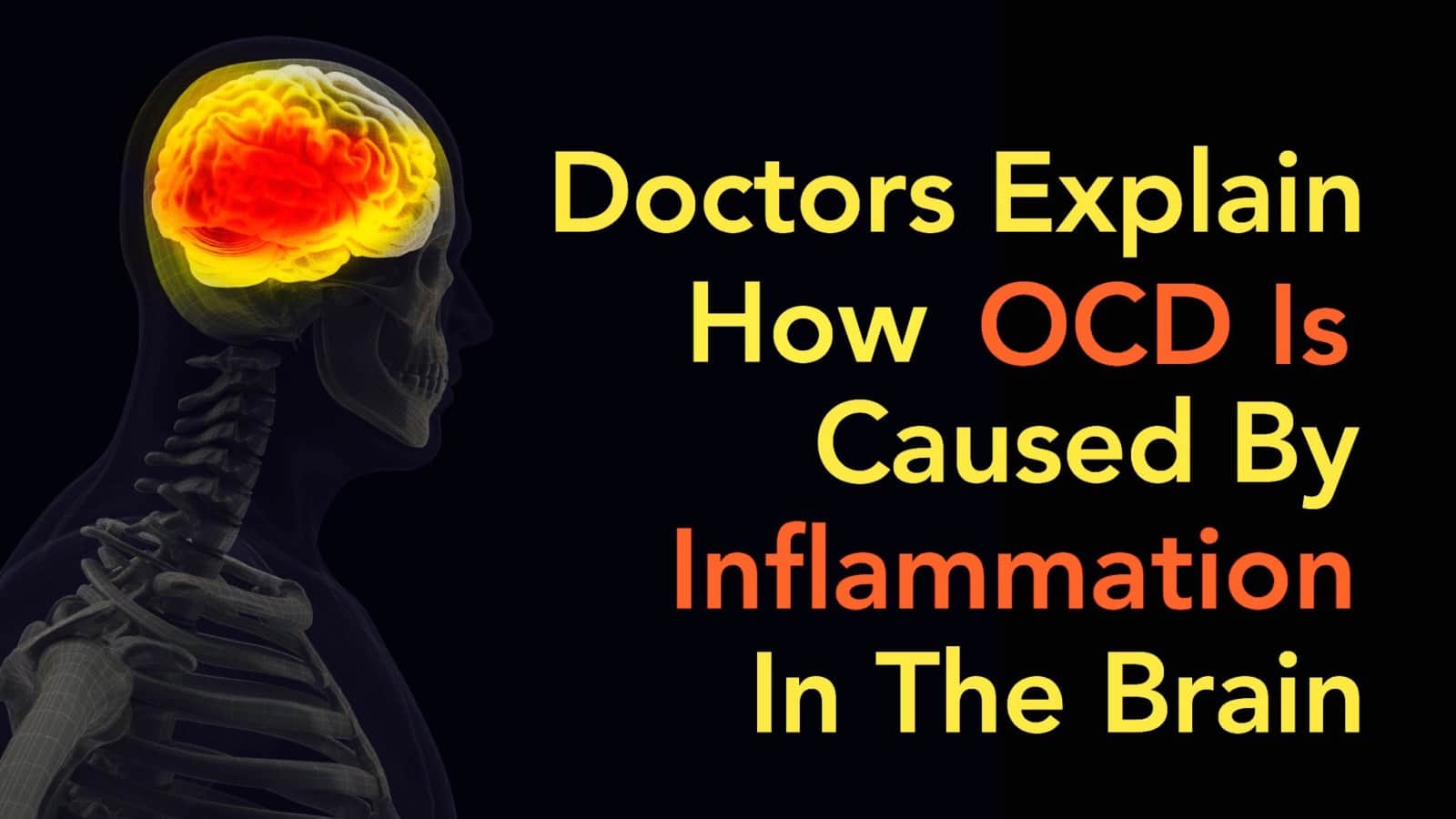Inflammation is the body’s defense mechanism that is meant to protect us from internal and external threats. We are exposed to a myriad of potentially damaging toxins daily–food, water, cigarette smoke, polluted air, dtc.–and it may cause OCD, say doctors.
And we produce toxins internally. Chronic stress, anxiety, negative thinking, bacteria, and viruses – all of these things contribute to the toll that toxins take on our bodies and minds.
Well, the inflammation response helps to heal these things. In fact, without the inflammatory response, we wouldn’t last very long!
Here are a few quick facts on inflammation:
- The body attempts to self-heal and is designed to eliminate harmful stimuli.
- Inflammation is part of the body’s immune response.
- Inflammation heals bruises, cuts, infections, tissue damage and wounds.
Things start to become a problem when the inflammation response becomes long-term – otherwise known as chronic inflammation. Chronic inflammation causes the following health disorders:
- active hepatitis
- asthma
- chronic peptic ulcer
- Chron’s disease
- periodontitis
- rheumatoid arthritis
- sinusitis
- tuberculosis
- ulcerative colitis

Dangers of Neuroinflammation
Neuroinflammation is “inflammation of the nervous tissue,” and can be stimulated “in response to a variety of cues, including infection, traumatic brain injury, toxic metabolites or autoimmunity.”
Per Medical News Daily, “Growing evidence suggests that certain psychiatric conditions may involve neuroinflammation, some of which include major depressive disorder, schizophrenia and bipolar.”
And, according to a recent study, scientists may soon add Obsessive-Compulsive Disorder, or OCD, to that list.
What is Obsessive Compulsive Disorder (OCD)?
OCD “involves unwanted and disturbing thoughts, images, or urges (obsessions) that intrude into a (person’s) mind and cause a great deal of anxiety or discomfort, which the (person) then tries to reduce by engaging in repetitive behaviors or mental acts (compulsion).”
OCD is more common than most people think. The website beyondocd.org estimates that the condition affects 1 in 40 U.S. adults and 1 in 100 children. These numbers add up to about 2.3 percent of the U.S. population – or roughly 7.4 million children and adults.
Cognitive behavior therapy (CBT) and prescription medication are the two most common treatments for OCD. Currently, prescribed treatments are successful at about a 70 percent clip.
How OCD connects to inflammation:
In a research study, subsequently published in the Journal of the American Medical Association: Psychiatry, scientists discovered a link between brain inflammation and OCD.
The team recruited 40 participants for the study, comprised of 20 individuals diagnosed with OCD, and 20 non-OCD participants.
To test their theory, the research team had to have a way to measure inflammation activity in the brain. Eventually, the team was able to effectively “color code” the brain cells responsible for immune defense (Microglia) by using dye.
After administering the dye, the team measured microglia activity within six regions of the brain thought to be responsible for OCD using Positron Emission Tomography (PET scan).
After analyzing the differences between OCD and non-OCD PET scans, researchers found that those with OCD had 32 percent more inflammation in the six brain regions associated with the disorder.
Dr. Jeffrey Meyer, head of the Neuroimaging Program in Mood and Anxiety at the Center for Addiction and Mental Health in Toronto, Canada – and the study’s lead author – says, “This finding represents one of the biggest breakthroughs in understanding the biology of OCD, and may lead to the development of new treatments.”
RELATED: 6 Signs Your Partner Has Relationship OCD
From OCD Research to Treatment
Given that inflammation is the cause of numerous diseases, plenty of drugs – both over-the-counter and prescription – exist to correct it.
Non-steroidal anti-inflammatory drugs (NSAIDs) like ibuprofen (Advil, Aleve) cross the blood-brain barrier, which, instinctively, would make the drugs at least marginally effective in reducing inflammation within the brain.
Whenever the brain is the subject of a research study, scientists, public health officials, and physicians demand additional proof – including verification of treatment efficiency.
Meyer, of course, understands this. “Medications developed to target brain inflammation and other disorders could be useful in treating OCD.” Meyer cautions, “work needs to be done to uncover the specific factors that contribute to brain inflammation, (and) finding a way to reduce inflammation’s harmful effects and increase its helpful effects could enable us to develop a new treatment much more quickly.”
Scientifically validated treatments may be a way off, but Meyer’s study provides hope to those suffering from a problematic mental condition.


















